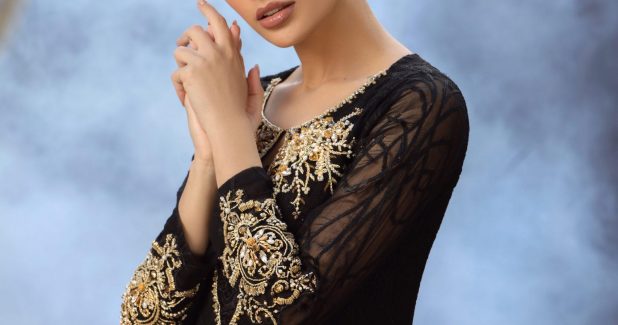Exploring Cultural Influence in Dress Designs: Traditional Attire with a Modern Twist
Dresses / / Feb 12, 2023

Fashion is a powerful form of self-expression that often reflects the cultural heritage and identity of a community. Traditional dress designs have a rich history and cultural significance, representing the values, beliefs, and customs of a particular society. As the world becomes more interconnected, designers are increasingly drawing inspiration from diverse cultural traditions to create modern interpretations of traditional attire. In this article, we will delve into the influence of culture in dress designs, explore the evolution of traditional attire with a modern twist, and discuss the importance of cultural sensitivity and appreciation in the fashion industry.
The Influence of Culture in Dress Designs
Culture plays a vital role in shaping fashion, as it embodies the customs, beliefs, and practices of a community. Traditional dress designs are often deeply rooted in the history and heritage of a particular culture, reflecting the unique identity of its people. From the intricate embroidery of Indian sarees to the elegant drapery of Japanese kimono, traditional attire showcases the artistry and craftsmanship passed down through generations.
In recent years, the fashion industry has witnessed an increased appreciation for cultural diversity, with designers embracing the beauty and uniqueness of traditional dress designs from around the world. This cultural exchange allows for the creation of innovative and inclusive fashion that celebrates the rich tapestry of human civilization.
Modern Interpretations of Traditional Attire
Designers are reimagining traditional attire with a modern twist, blending traditional elements with contemporary aesthetics. By infusing traditional patterns, fabrics, and techniques into contemporary silhouettes, designers create a harmonious fusion of the past and present.
For example, traditional African prints, such as Ankara and Kente, have found their way into modern fashion runways and streetwear. Designers incorporate these vibrant prints into dresses, skirts, and blouses, giving them a fresh and stylish appeal.
Similarly, the elegance of traditional Chinese qipao dresses has been adapted into modern evening gowns, maintaining the essence of the traditional design while incorporating modern embellishments and fabrics.
The Evolution of Cultural Fashion Icons
Cultural fashion icons have also played a significant role in popularizing traditional attire with a modern twist. Celebrities and influencers worldwide have embraced traditional dress designs, making them a fashion statement beyond their cultural origins. As these styles gain popularity on the global stage, they become symbols of cultural appreciation and understanding.
One notable example is the rise in popularity of the kimono, a traditional Japanese garment. Fashion enthusiasts worldwide have embraced the kimono’s graceful silhouette and intricate patterns, integrating them into their wardrobes for various occasions. The kimono has evolved from a traditional Japanese attire to a fashionable and versatile piece that transcends cultural boundaries.
Cultural Sensitivity and Appreciation
While cultural influence in dress designs can foster cross-cultural understanding, it is essential to approach it with sensitivity and respect. Cultural appropriation, a term used when elements of one culture are taken and used out of context by another, can lead to misrepresentation and disrespect of a community’s cultural heritage.
To avoid cultural appropriation, designers and fashion brands must engage in extensive research and collaboration with the communities whose cultural elements they wish to incorporate. They should acknowledge and credit the source of inspiration, promote fair trade practices, and support artisans and craftspeople involved in traditional garment production.
Moreover, the fashion industry must strive for diverse representation and inclusion. Celebrating cultural dress designs goes beyond mere trends; it is an opportunity to embrace and promote cultural diversity, authenticity, and mutual respect.
The influence of culture in dress designs is a testament to the interconnectedness of the global fashion industry. Traditional attire with a modern twist not only celebrates the richness of cultural heritage but also fosters cross-cultural understanding and appreciation. Designers play a pivotal role in this cultural exchange, creating harmonious blends of tradition and modernity that resonate with fashion enthusiasts worldwide.
As we continue to explore cultural influence in fashion, it is crucial to approach it with sensitivity, respect, and authenticity. By embracing cultural diversity and avoiding appropriation, the fashion industry can pave the way for a more inclusive and culturally enriching future. Ultimately, celebrating the beauty of traditional dress designs with a modern twist is a celebration of the tapestry of humanity and a reflection of the timeless and universal appeal of fashion as an art form.













Comments 0